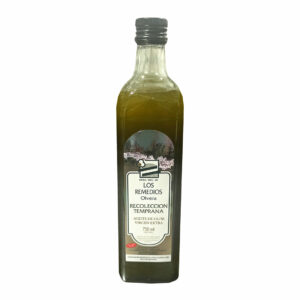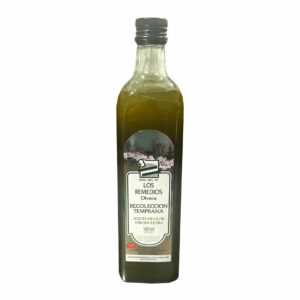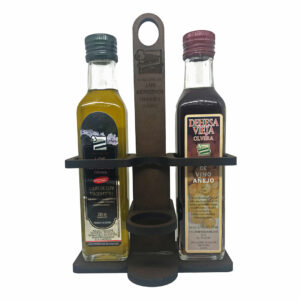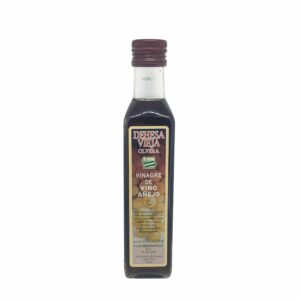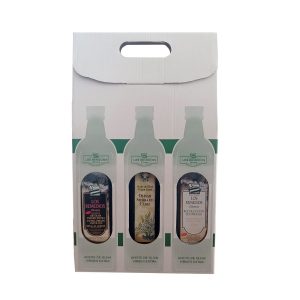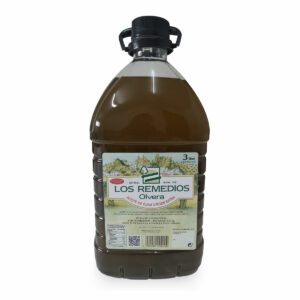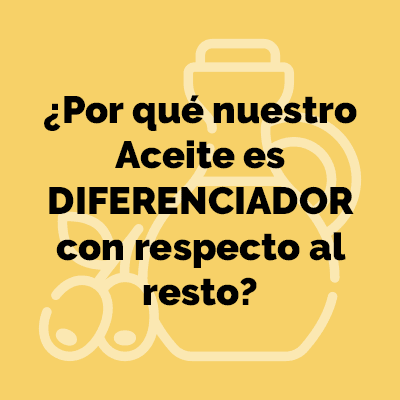LOWER DOSE OF APPLICATION PERMITTED
Since last year there have been reports that at this time, near the spring and with it the start of possible treatments against pests that affect olives, such a product used as dimethoate (Danadym, Rogor 40, Rodime 40, …) it happens to have conditions more limited use than they were until now.
The new application rate is 1 cubic centimeter (cc) of product per liter of water, applying maximum total 0,9 liters per hectare, O 1,4 liters of product per bushel; and this in one application to the year. If you want to give two applications in the year the maximum product used in each is 0,45 liters / ha or 0,7 liters / fanega. In this way, to treat pests in the spring as Prays, Glifodes borer or no account for these indications.
If the aim is to perform a treatment in summer or fall against the olive fly, dimethoate must be mixed with an attractant as the hydrolyzed protein, making the application patching or bands. In this case they are used 20 liters / ha broth, using 125 cubic centimeters of each product to the broth.
This requires having to use several different products, other than dimethoate, especially in the case of clubs, those who are performing various treatments to the year. If the situation in, please consult the technicians of the Cooperative, because they have to consider which is the most appropriate product in each case.
Remember that there are alternatives, you just have to choose the most appropriate.

